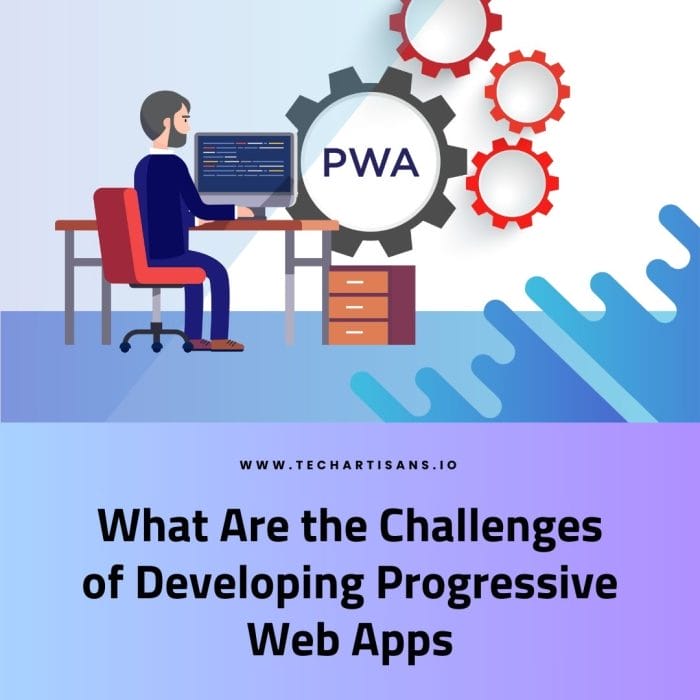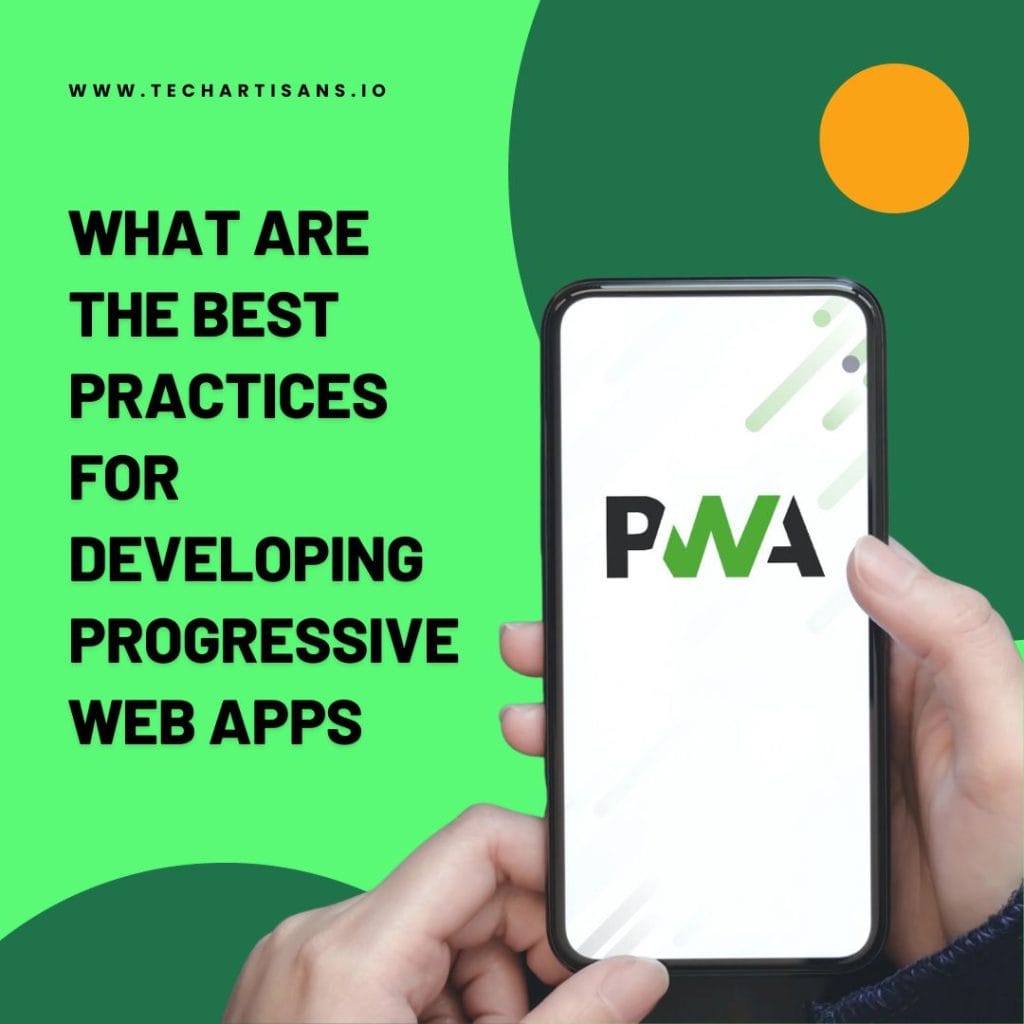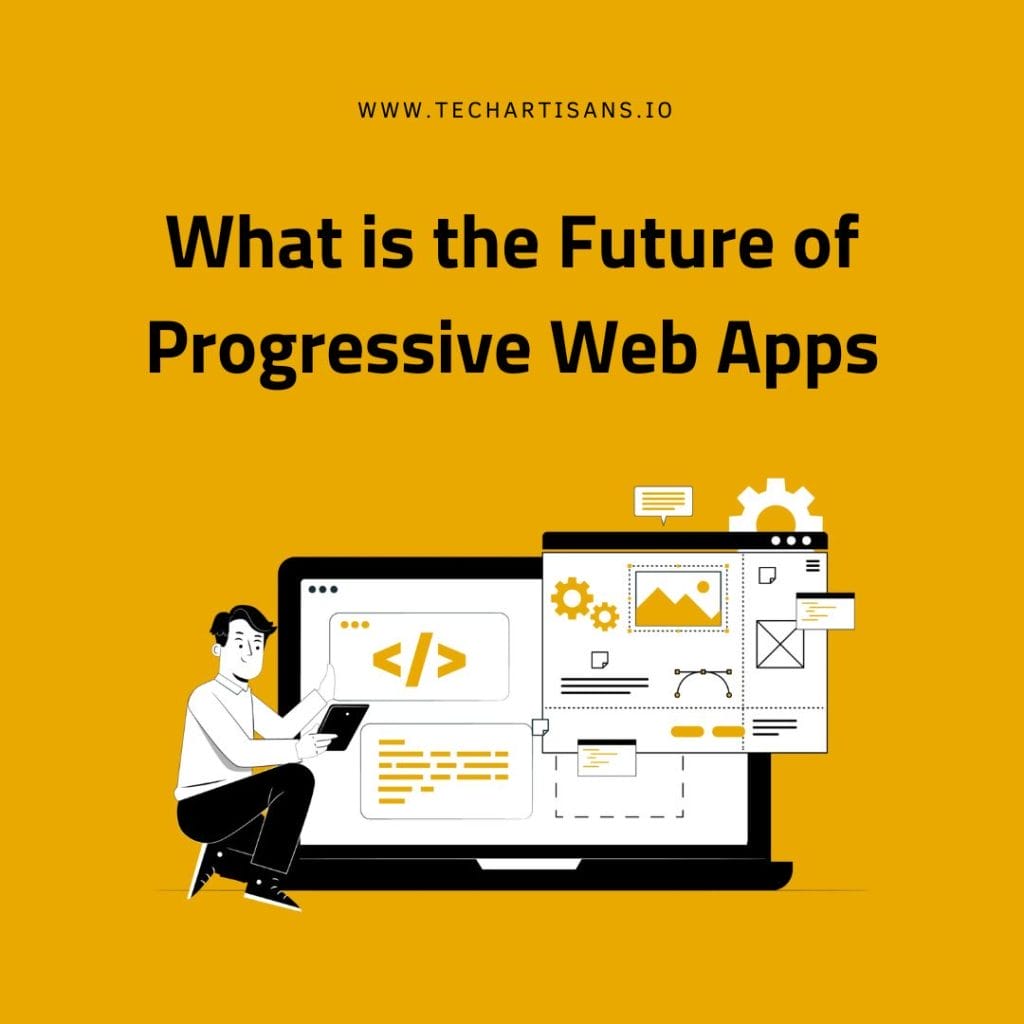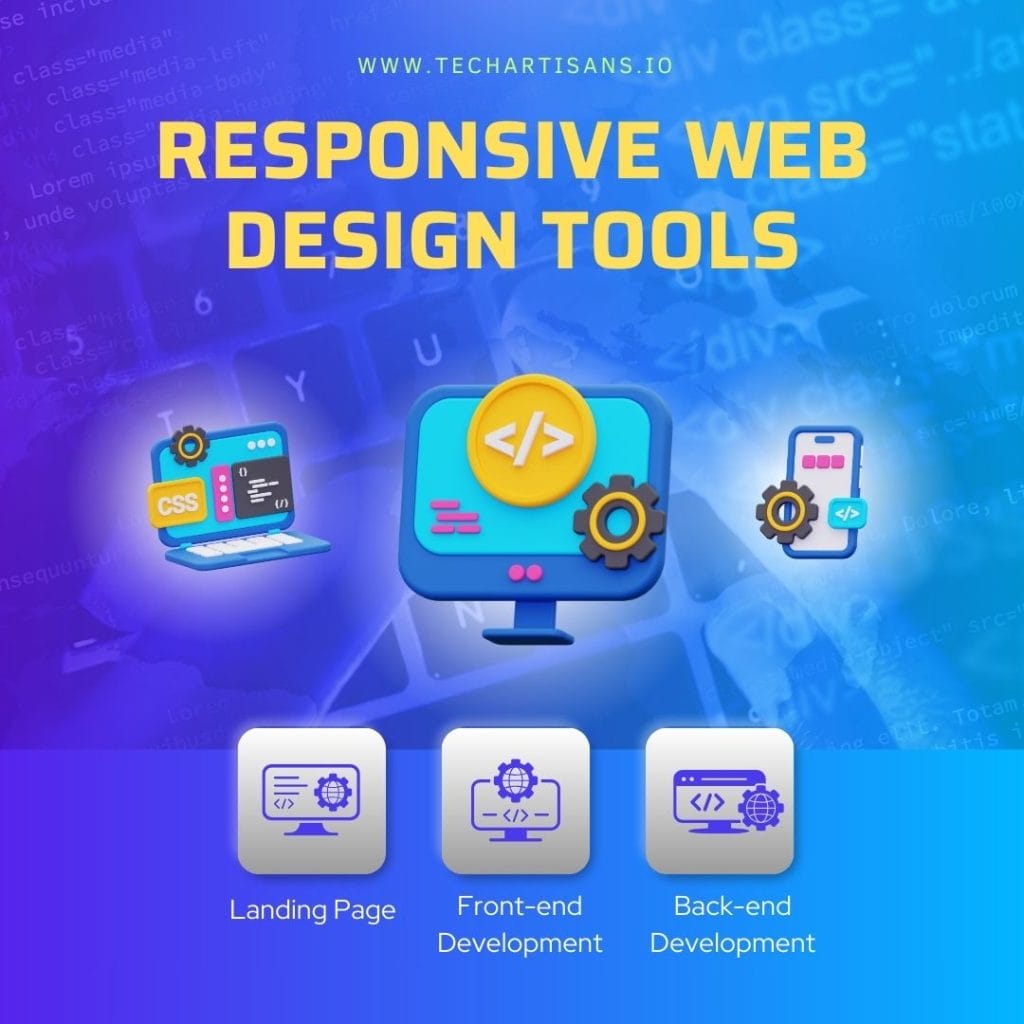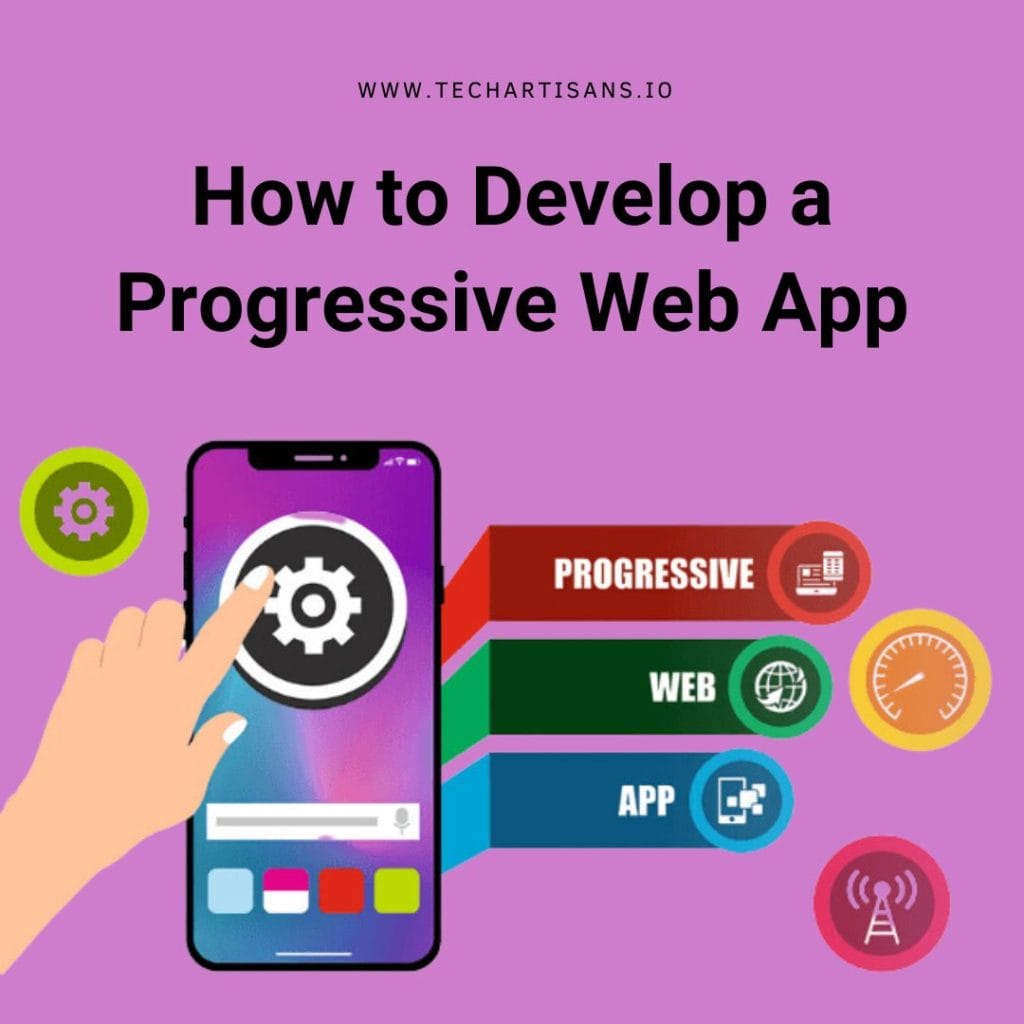In the digital world, Progressive Web Apps (PWAs) are a game-changer, offering a unique blend of web page speed and app-like functionality. For business owners, PWAs can be an optimal solution to improve your online presence and customer engagement. These applications run faster than traditional websites, offer offline functionality, and can be added to a user’s home screen, enhancing the overall user experience. However, developing Progressive Web Apps comes with its own set of challenges that require careful consideration. By understanding these potential obstacles, businesses can better navigate their web development journey and maximize the benefits of PWAs.
Technical Landscape of PWAs
Before delving into the challenges of developing Progressive Web Apps, business owners need to understand the technical landscape of PWAs. This understanding forms the foundation for a smoother development process and lays the groundwork for overcoming potential hurdles.
Service Workers
Service Workers are a critical part of the technical backbone of Progressive Web Apps. As a type of JavaScript Worker, they enable functionalities like content caching, push notifications, and offline capabilities. Service Workers act as a network proxy in the web browser to programmatically manage web/HTTP requests. The ability of Service Workers to work in the background supports the offline operation of PWAs.
Web App Manifest
The Web App Manifest is a JSON file that controls how a Progressive Web App (PWA) behaves on a user’s device, specifying details like app name, icons, display, background color, and orientation. It enhances the user experience by allowing customization of the app’s appearance when launched from the home screen, making it resemble a native app and providing business owners insights to address challenges in PWA development.
Role of HTTPS in PWA Security
HTTPS, or Hypertext Transfer Protocol Secure, is essential for Progressive Web Apps (PWAs) to ensure encrypted and secure communication between the web app and the user’s browser. It is mandatory for PWAs to prevent intrusions and data breaches and is crucial for enabling the correct functioning of Service Workers, the technology underlying PWAs.
Challenges in Compatibility and Performance
As we delve deeper into the intricacies of Progressive Web Apps, an evident challenge arises in compatibility and performance. Navigating these complexities is key to utilizing the full potential of PWAs and offering a seamless user experience across various platforms and devices.
Browser Compatibility Issues
Progressive Web App (PWA) development faces challenges with browser compatibility, particularly on iOS, where Safari lags behind Chrome and Firefox in adopting PWA features. This can result in inconsistent user experiences, with some features not working as intended on Apple devices. Apple’s strict policies and frequent Safari updates may also introduce functionality issues, requiring extra debugging and development efforts.
Performance Bottlenecks and Optimization Challenges
Performance bottlenecks stemming from inefficient coding, server overload, or network latency can impede the user experience of Progressive Web Apps (PWAs). Optimizing PWA performance requires a thorough understanding of PWAs, careful code writing, efficient resource usage, sufficient server capacity, and a strong network infrastructure. Developers must also optimize Service Workers to manage storage, maintain cached content freshness, and handle updates effectively. Despite their complexity, these challenges can be tackled with expertise and strategic planning.
Cost Implications of Developing PWAs
Let’s delve into the key factors that influence the cost of PWA development.
Initial Development vs. Long-Term Maintenance
Developing a Progressive Web App involves upfront costs for design, development, testing, and deployment, encompassing user interface creation, PWA features implementation, and optimizations for compatibility and performance.
Long-term maintenance, including regular updates, troubleshooting, feature enhancements, and ensuring compatibility with browser and OS updates, should also be budgeted for despite the initial investment.
Comparison With Native Apps
When comparing the costs of Progressive Web Apps with native apps, it’s worth noting that PWAs often come out on top due to their cross-platform compatibility. Developing a native app requires building separate versions for each operating system, significantly increasing development time and costs. On the contrary, PWAs are built using standard web technologies and work seamlessly across all platforms, making them a cost-effective alternative.
User Experience and Engagement Hurdles
Let’s delve into the common user experience and engagement hurdles that businesses may encounter during PWA development.
Limitations in Device Feature Access
One significant challenge when developing Progressive Web Apps is the limited access to device features. This limitation may prevent PWAs from offering features standard in native apps, such as barcode scanning or advanced biometric authentication. Additionally, push notifications on iOS devices may be constrained by Apple’s policies, impacting user engagement by limiting interactive notifications.
Push Notification Challenges and Limitations
Push notifications, though a powerful tool for user engagement, pose unique challenges when implemented in Progressive Web Apps. The key issue lies in their inconsistent support across different browsers and operating systems. While Android supports push notifications in PWAs, Apple’s iOS does not, a limitation that can affect user engagement rate and overall app performance. Furthermore, even on supported platforms, sending and managing push notifications is complex and requires regular updates to ensure reliable delivery.
Security and Privacy Concerns
Let’s investigate these issues and understand their impact on your PWA development.
Risks Associated With Unknown Sources
A significant risk when dealing with Progressive Web Apps is the threat posed by unknown sources. Since PWAs can be shared via a URL, they can potentially be distributed through untrusted sources. This poses a security threat as malicious entities could distribute modified versions of your PWA, resulting in phishing attacks or data breaches. Hence, it’s necessary to ensure that users access your PWA from a trusted source.
Data Privacy Concerns
Data privacy is another area of concern when developing PWAs. As with any digital platform, PWAs collect user data to provide personalized experiences. However, if not managed correctly, there can be potential breaches of user privacy. It’s essential to comply with data protection regulations, and ensuring all gathered data is encrypted is essential. Additionally, businesses should be transparent about how they use and store user data, contributing to building trust with their customers and maintaining a robust privacy framework.
Ensuring User Trust in PWA Security
Building user trust in PWA security involves serving it over HTTPS to ensure secure interactions and data protection. Communicating transparently about data privacy measures fosters trust, and implementing features for users to control privacy settings enhances their sense of security in the PWA.
Discoverability and Market Reach
Let’s explore these aspects and understand the potential challenges you may encounter while aiming for extensive market penetration with your PWA.
Overcoming the Lack of Presence in App Stores
Progressive Web Apps face challenges with limited presence in traditional app stores, but business owners can enhance discoverability through SEO, optimizing with relevant keywords. Digital marketing strategies such as social media, email, and content marketing can further promote PWAs, reaching target audiences without relying solely on app store visibility. Utilizing website banners or pop-ups encourages users to add PWAs to their home screen, improving accessibility.
SEO Challenges and Strategies For PWAs
Let’s delve into the intricate world of SEO as we explore the unique challenges and strategies pertinent to optimizing your Progressive Web Apps for better visibility and ranking.
SEO Challenges for PWAs
Regarding Progressive Web Apps, some unique SEO challenges need to be addressed. One key challenge is that search engines may need help indexing content properly from PWAs. This can lead to lower visibility in search engine results and hinder your online presence. Additionally, PWAs rely heavily on JavaScript, which not all search engines can effectively process.
SEO Strategies for PWAs
Despite these challenges, some strategies can be implemented to improve the SEO performance of your PWA. Firstly, ensuring your PWA is built with a robust and search-engine-friendly structure is crucial. Server-side rendering or pre-rendering can help search engines better understand and index your content.
Adapting to User Behavior and Expectations
Now that we’ve discussed the importance of SEO and discoverability for Progressive Web Apps let’s focus on another vital aspect: Adapting to user behavior and expectations. Navigating this dynamic landscape requires flexibility and a deep understanding of your user base to ensure that your PWA provides an engaging, intuitive, and satisfying user experience.
Meeting User Expectations for App-Like Experiences
Progressive Web Apps (PWAs) aim to offer app-like experiences with seamless navigation, intuitive design, and quick load times, meeting user expectations for native app familiarity. Achieving this requires careful design, efficient code, and optimized performance. Users also anticipate offline usability, demanding the implementation of service workers and a robust caching strategy. Effectively addressing these aspects enhances user satisfaction and encourages repeated PWA use.
Strategies for Educating Users About PWA Features
Drive user engagement and adoption of your Progressive Web App (PWA) by creating user guides, in-app prompts, and notifications to highlight key features. Use email newsletters, blog posts, or social media updates to inform users about new enhancements, ensuring they fully appreciate your PWA’s value to their digital experience.
Development and Maintenance
Developing a Progressive Web App (PWA) is only half the battle; maintaining and updating it regularly to align with user expectations and technological advancements is equally crucial. This balancing act between development and maintenance forms a significant part of the PWA journey, which we will delve into in the subsequent sections.
Challenge of Continuous Updates
Keeping a Progressive Web App (PWA) updated is an ongoing challenge. As technologies evolve, new features and functionalities must be incorporated to keep the application competitive and relevant. Managing and deploying these continuous updates require a dedicated development team and consistent effort, which can be resource-intensive for small and medium-sized businesses.
Issue of Feature Parity
Feature parity between a PWA and its native counterpart is another stumbling block. Users expect the same functionality and experience across all platforms, whether using a native app or a PWA. Ensuring this level of feature parity means that any updates or additions to the native app must be mirrored in the PWA. This adds another layer of complexity and can significantly escalate the time, effort, and cost of maintaining a PWA.
Balancing Speed, Functionality, and Battery Consumption
Progressive Web Apps (PWAs) must balance speed, functionality, and battery consumption – a challenge that’s easier said than done. Users demand quick, responsive apps, but increasing speed often means incorporating more features and functionalities, which can lead to higher battery consumption.
Speed
Speed is paramount in any digital experience. Slow load times can frustrate users and lead to abandonment. Therefore, developers need to optimize code and leverage efficient caching strategies to ensure rapid load times without compromising on the quality of the user experience.
Functionality
A PWA’s functionality must be on par with its native counterparts. This involves implementing features that users expect from an app-like experience, such as offline access, push notifications, and background syncing. However, these features must be carefully managed to prevent app overload, which could degrade performance and increase battery usage.
Battery Consumption
High battery consumption can be a major turn-off for users. Developers must optimize the app’s performance, ensuring it doesn’t unnecessarily drain a device’s battery. This involves choosing which essential features and how they can be implemented most energy-efficiently. Balancing speed, functionality, and battery consumption is challenging but necessary to deliver a superior, user-friendly PWA experience.
Conclusion
Developing Progressive Web Apps (PWAs) presents challenges, from continuous updates and feature parity to speed, functionality, and battery consumption concerns. However, the potential benefits they offer businesses, including broader accessibility, cost-effectiveness, and improved user engagement, cannot be overlooked. A strategic approach to PWA development, focusing on balancing these challenges and benefits, can lead to substantial business growth. To utilize PWAs effectively, businesses must ensure continuous improvement and user education and align their development strategies with evolving user expectations and technological advancements. The journey may seem daunting, but the rewards can be game-changing.

